Goodman F.
Table of contents :
Preface……Page 7
A Note to the Reader……Page 9
1.1. What Is Symmetry?……Page 11
1.2. Symmetries of the Rectangle and the Square……Page 13
1.3. Multiplication Tables……Page 17
1.4. Symmetries and Matrices……Page 21
1.5. Permutations……Page 26
1.6. Divisibility in the Integers……Page 34
1.7. Modular Arithmetic……Page 47
1.8. Polynomials……Page 54
1.9. Counting……Page 65
1.10. Groups……Page 78
1.11. Rings and Fields……Page 84
1.12. An Application to Cryptography……Page 88
2.1. First Results……Page 93
2.2. Subgroups and Cyclic Groups……Page 102
2.3. The Dihedral Groups……Page 115
2.4. Homomorphisms and Isomorphisms……Page 119
2.5. Cosets and Lagrange’s Theorem……Page 129
2.6. Equivalence Relations and Set Partitions……Page 135
2.7. Quotient Groups and Homomorphism Theorems……Page 142
3.1. Direct Products……Page 157
3.2. Semidirect Products……Page 165
3.3. Vector Spaces……Page 168
3.4. The dual of a vector space and matrices……Page 183
3.5. Linear algebra over Z……Page 195
3.6. Finitely generated abelian groups……Page 204
4.1. Rotations of Regular Polyhedra……Page 221
4.2. Rotations of the Dodecahedron and Icosahedron……Page 230
4.3. What about Reflections?……Page 234
4.4. Linear Isometries……Page 239
4.5. The Full Symmetry Group and Chirality……Page 244
5.1. Group Actions on Sets……Page 247
5.2. Group Actions—Counting Orbits……Page 254
5.3. Symmetries of Groups……Page 257
5.4. Group Actions and Group Structure……Page 260
5.5. Application: Transitive Subgroups of S_5……Page 269
5.6. Additional Exercises for Chapter 5……Page 271
6.1. A Recollection of Rings……Page 274
6.2. Homomorphisms and Ideals……Page 280
6.3. Quotient Rings……Page 293
6.4. Integral Domains……Page 299
6.5. Euclidean Domains, Principal Ideal Domains, and Unique Factorization……Page 304
6.6. Unique Factorization Domains……Page 313
6.7. Noetherian Rings……Page 320
6.8. Irreducibility Criteria……Page 323
7.1. A Brief History……Page 327
7.2. Solving the Cubic Equation……Page 328
7.3. Adjoining Algebraic Elements to a Field……Page 332
7.4. Splitting Field of a Cubic Polynomial……Page 338
7.5. Splitting Fields of Polynomials in C[x]……Page 346
8.1. The idea of a module……Page 355
8.2. Homomorphisms and quotient modules……Page 363
8.3. Multilinear maps and determinants……Page 367
8.4. Finitely generated Modules over a PID, part I……Page 378
8.5. Finitely generated Modules over a PID, part II…….Page 389
8.6. Rational canonical form……Page 402
8.7. Jordan Canonical Form……Page 416
9.1. Finite and Algebraic Extensions……Page 430
9.2. Splitting Fields……Page 432
9.3. The Derivative and Multiple Roots……Page 435
9.4. Splitting Fields and Automorphisms……Page 437
9.5. The Galois Correspondence……Page 444
9.6. Symmetric Functions……Page 450
9.7. The General Equation of Degree n……Page 457
9.8. Quartic Polynomials……Page 465
9.9. Galois Groups of Higher Degree Polynomials……Page 472
10.1. Composition Series and Solvable Groups……Page 478
10.2. Commutators and Solvability……Page 480
10.3. Simplicity of the Alternating Groups……Page 482
10.4. Cyclotomic Polynomials……Page 486
10.5. The Equation xn -b = 0……Page 489
10.6. Solvability by Radicals……Page 490
10.7. Radical Extensions……Page 493
11.1. More on Isometries of Euclidean Space……Page 497
11.2. Euler’s Theorem……Page 504
11.3. Finite Rotation Groups……Page 507
11.4. Crystals……Page 511
Appendices……Page 531
A.1. Statements……Page 532
A.2. Logical Connectives……Page 533
A.3. Quantifiers……Page 537
A.4. Deductions……Page 539
Appendix B. Almost Enough about Sets……Page 540
B.1. Families of Sets; Unions and Intersections……Page 544
B.2. Finite and Infinite Sets……Page 545
C.1. Proof by Induction……Page 547
C.2. Definitions by Induction……Page 548
C.3. Multiple Induction……Page 549
Appendix D. Complex Numbers……Page 552
E.1. Linear algebra in Kn……Page 554
E.2. Bases and Dimension……Page 559
E.3. Inner Product and Orthonormal Bases……Page 564
Appendix F. Models of Regular Polyhedra……Page 566
Appendix G. Suggestions for Further Study……Page 574
Index……Page 576
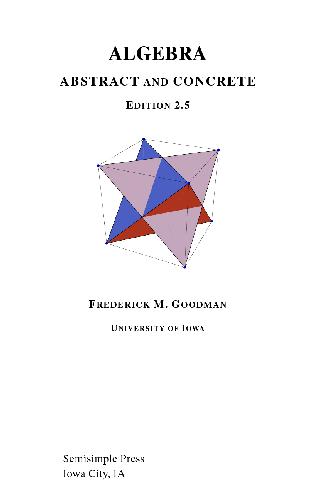
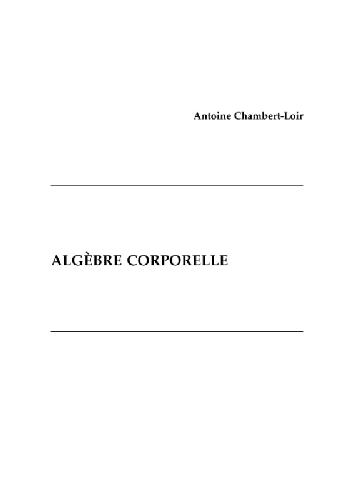
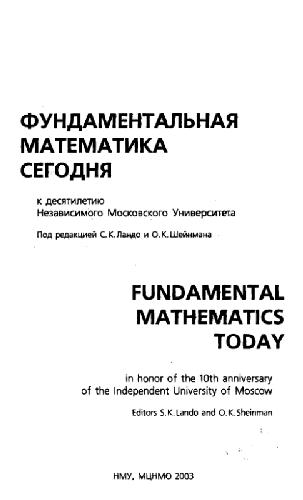
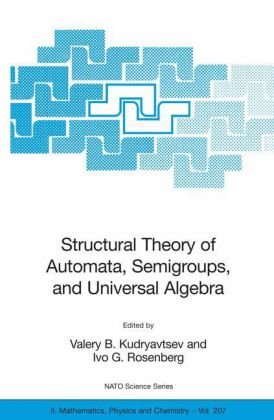

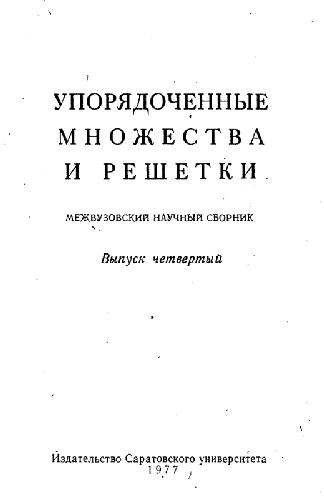
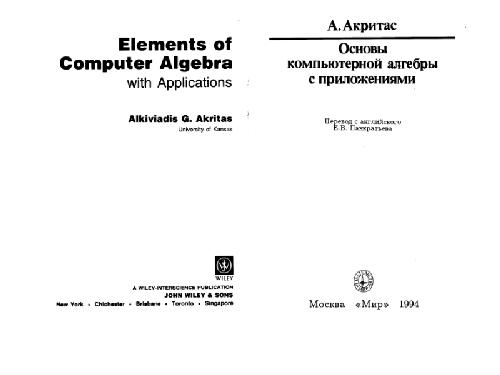
Reviews
There are no reviews yet.